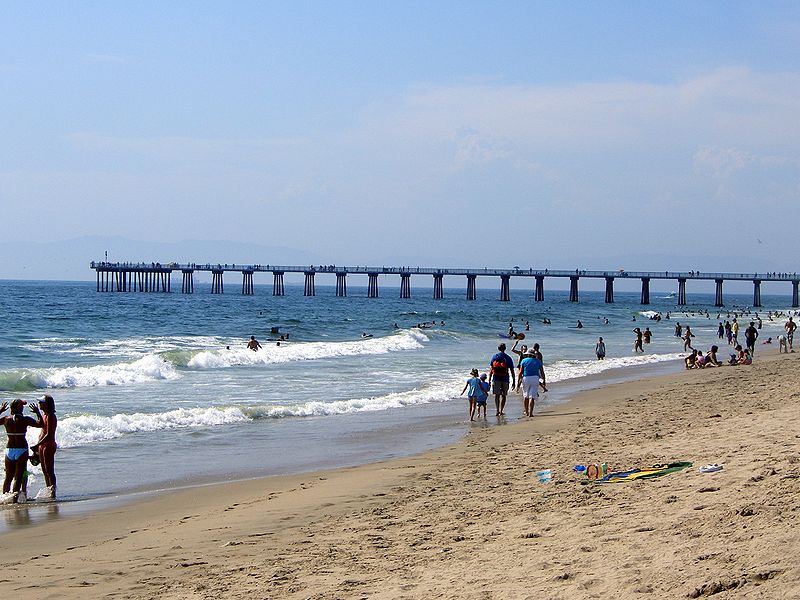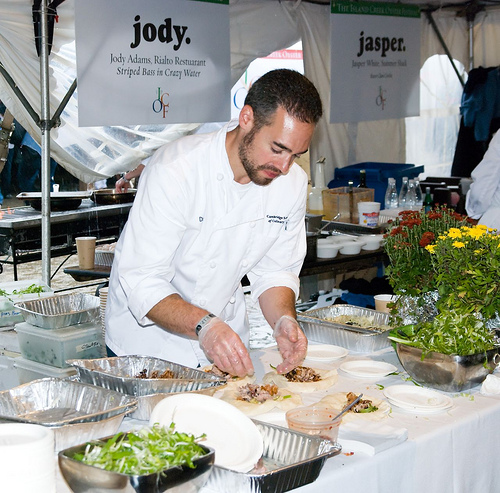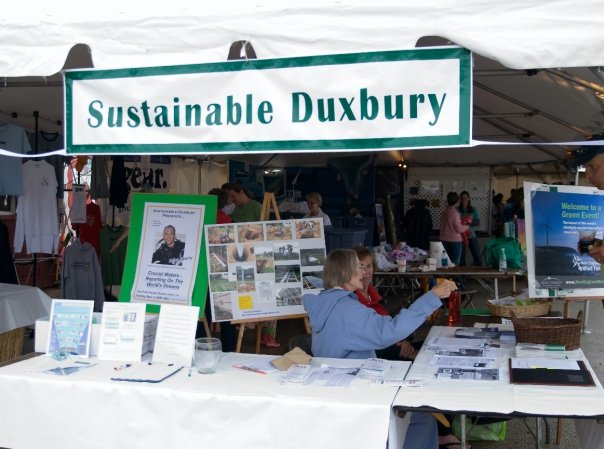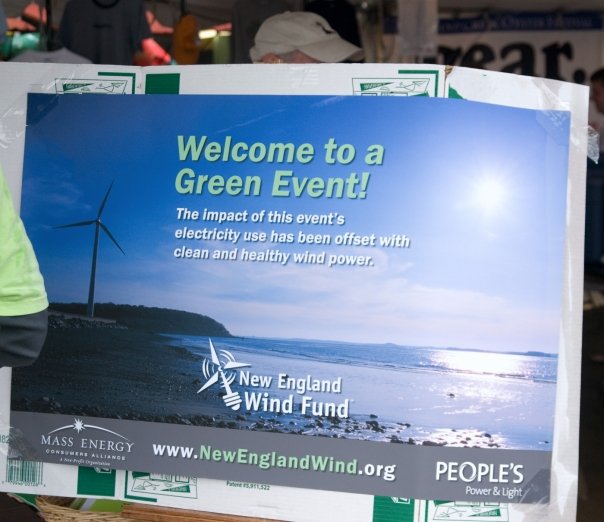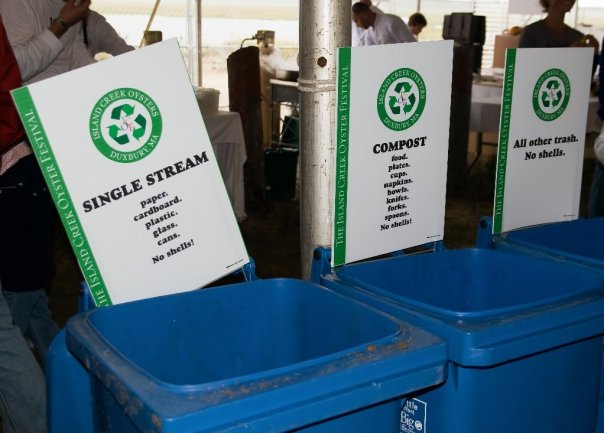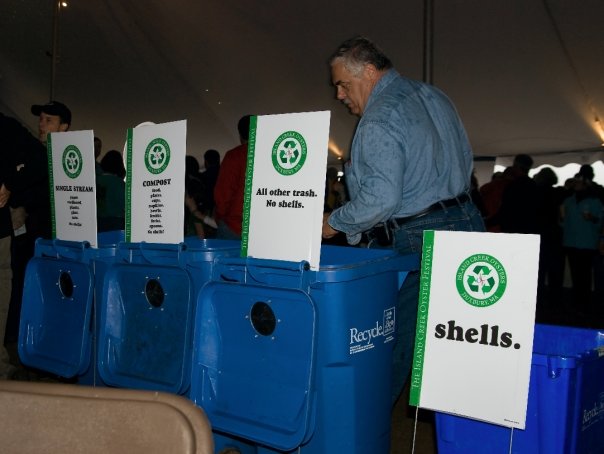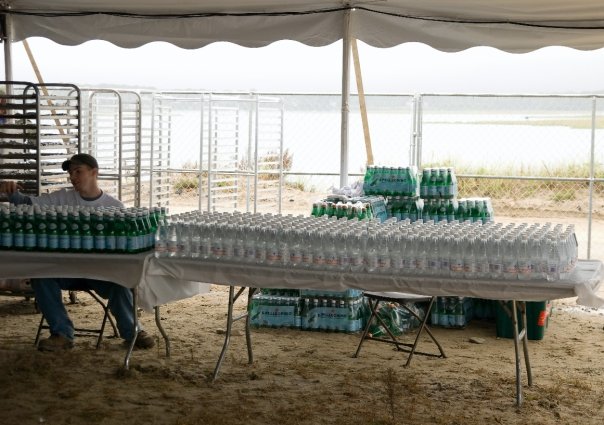A Tale of Two (Green?) Cities
/When it comes to green living, could we stretch that and say, “You are where you live?”
That is to say, is where you live a determinant of how you live?
Plenty of research and evidence exists to confirm that yes, the city you live in has a big impact on your lifestyle, health, and happiness.
And intuitively, this makes sense: the city or town you live in will play a big role in how well you can access nature and the outdoors, locally-produced food, public transportation, and recycling programs. All of these ideas, to me, make up a green, or more sustainable city - but if you're curious about other initiatives that make a city green, this is a good start.
With the rise in interest and action around "living green," I've noticed an uptick in people who care about the relationship between location and lifestyle. In fact, it seems like every week a new ranking of the greenest U.S. cities is published - just doing a search for “green city rankings” yielded a few of the following lists:
So clearly lots of people are thinking about this idea. Additionally, two recent examples do a good job illustrating this connection between location and lifestyle.
The first one comes from a conversation I had with Dave Pedersen, a new Twitter friend of mine who works as supply chain director at Resources Global Professionals (follow Dave on Twitter). It turns out that in addition to his day job, Dave is a member of the Hermosa Beach Green Task Force. Hermosa Beach is a pretty small town in Southern California, with about 19,000 residents. With its proximity to the Pacific Ocean and the abundance of outdoor sports opportunities like surfing, Hermosa Beach is a perfect example of a town where location really does dictate lifestyle.
Recently, the Hermosa Beach City Council realized that something needed to be done about how climate change was affecting its local community. That “something” was creating a Green Task Force to advise City Council members on steps the city needs to take in order to reduce its greenhouse gas emissions. The Task Force has four main areas of focus:
- Waste reduction, re-use and recycling
- Sustainable private and public transportation
- Water use reduction and storm water management
- Green building including energy and related matters.
According to Dave, the big mandate given to the Task Force from the City Council is first to develop a plan to reduce emissions through the introduction of initiatives like better commuting options, additional biking/walking paths, and improved community recycling and waste reduction programs.
While this is obviously a crucial first step, Dave told me that an underlying, yet equally important goal is to engage Hermosa Beach residents in these efforts by reducing apathy and driving home that climate change is something that affects everyone (once again, the omnipresent “stakeholder engagement” issue rears its little head!).
So how are they doing this? It turns out that Hermosa Beach has signed on to something called the Cool Cities Initiative, a program created by the Sierra Club to help cities to reduce their carbon footprint through specific, achievable milestones. Probably my favorite feature of this site is that you can actually check out Hermosa Beach’s progress on these milestones – and your own city too!
Hermosa Beach is a pretty inspiring example of how a city can proactively engage its residents in its sustainability efforts. And I’m sure that there are plenty of other cities across the U.S. that are involved in similarly innovative and action-oriented programs.
Yet I have to wonder what’s going on in cities throughout the U.S. that perhaps aren’t as forward-thinking?
What role are city councils in “middle America” playing to help shape the way their residents live sustainably? A recent example comes from a trip I took to visit family in a small town about 40 miles outside of Houston, TX.
I haven’t spent much time in Texas, but even after only a weekend it was clear that strip malls, freeways, fast food, and urban sprawl dominated the scene. Even simply casual observers could have spotted the differences between this Texas suburb and a place like Hermosa Beach.
To make sure that I wasn't making any unfair judgments, I asked my relatives about how their town encouraged certain green behaviors like recycling and water conservation. Unfortunately it doesn’t sound like the local city government is doing much of anything to incent or motivate its residents to participate in these types of green behaviors.
Interestingly, on my way to the airport at the end of the weekend, the normally traffic-packed freeways were empty. I wondered aloud where everyone was, and my family said “Church”. This got me thinking: when it comes to green cities, maybe the local city government isn't the only institution that should be encouraging and incenting these behavior changes.
Certainly the City Council in Hermosa Beach is the driving force there, but for other small towns in the U.S., perhaps there are other players who could drive change in their communities. Imagine if your local church, a huge stakeholder in many American towns, started to educate your community on the how’s and why’s of living a green life?
Knowing what we know about the realities of climate change, our overarching goal should be to create radical, sustainable change. It seems to me that this can only come when a collection of organizations – city councils, nonprofits, businesses, and religious institutions – come together to bring the green message to the masses. So maybe it's city councils in one town, churches in another town, and NGO's in another.
At the end of the day, does it matter where the message comes from - as long as it's heard?
What has been your experience in your city or town - are your local community organizations talking about climate change and living green? Whose message has been most influential in getting you to think and act sustainably? I'd love to hear your thoughts.



